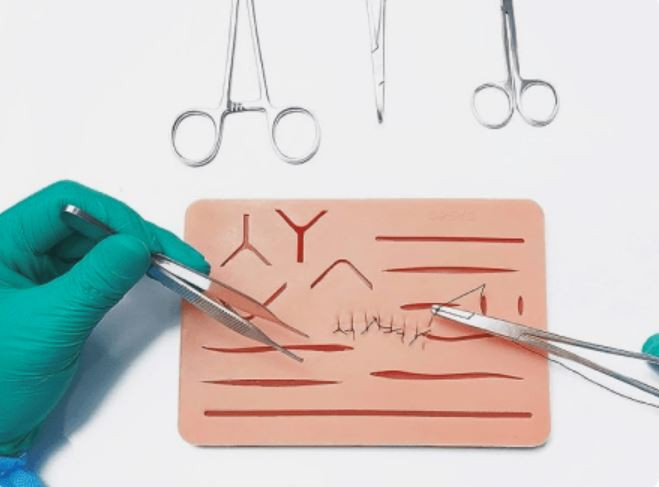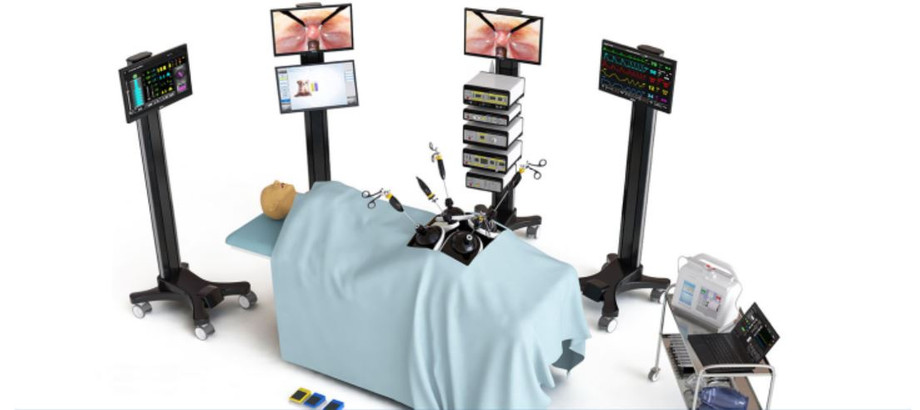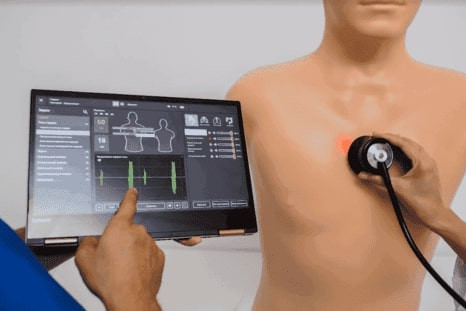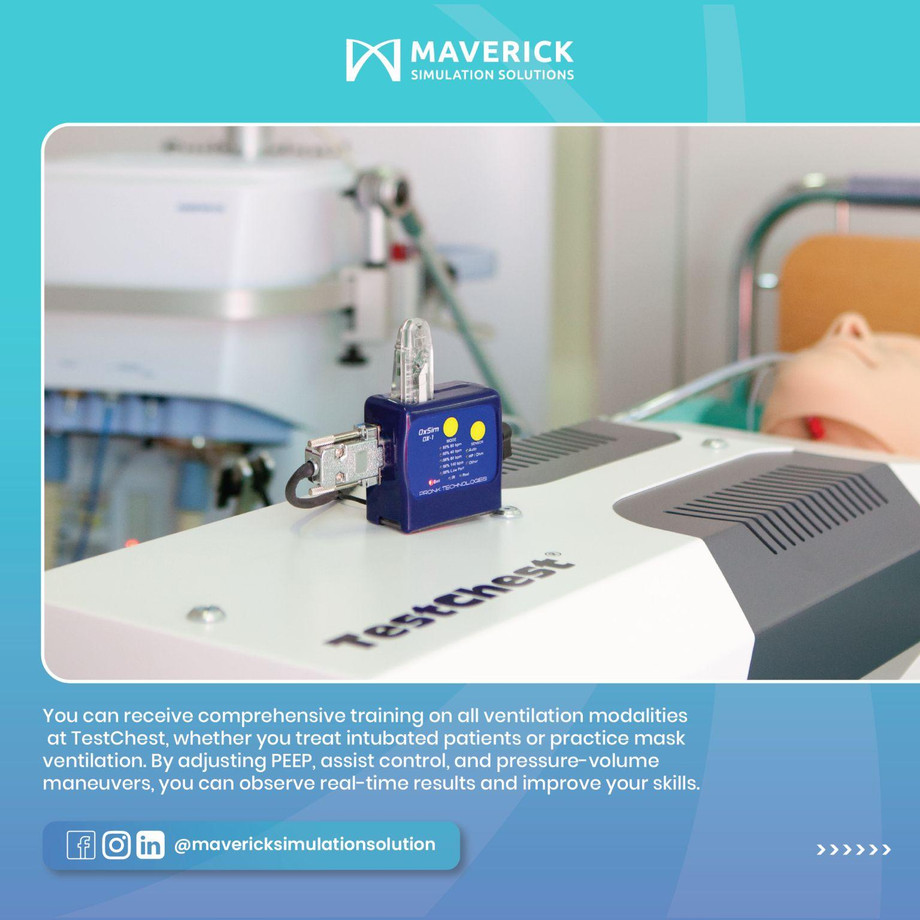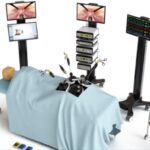In recent years, the healthcare industry has witnessed a dramatic shift in how medical students and professionals are trained. Integrating advanced tools such as suture pads, laparoscopy simulators, auscultation simulators, and lung simulators has revolutionized traditional medical education. These innovations bridge the gap between theory and practice and ensure that learners gain the competence and confidence needed before working with real patients.
Suture Pads: Mastering the Art of Suturing
Suturing is one of the most fundamental skills every medical professional must master. Traditionally, students practiced on fruits, foam, or animal tissue, which often failed to replicate human skin accurately. Suture pads, however, have changed this dynamic.
Modern suture pads are made of high-quality silicone or composite materials that mimic the layers of human skin, including epidermis, dermis, and subcutaneous tissue. They allow learners to practice various suturing techniques, such as simple interrupted, continuous, mattress, and subcuticular stitches, with precision. Some advanced suture pads even feature built-in vessels to simulate bleeding, creating a realistic environment for practice.
Suture pads are reusable, easy to clean, and portable, making them ideal for both classroom and at-home practice. Their affordability and durability have made them a staple in medical kits around the world.
Laparoscopy Simulator: Bringing Minimally Invasive Surgery to the Classroom
Laparoscopic surgery, or minimally invasive surgery, has become a standard in many surgical disciplines due to its benefits, such as reduced patient recovery time and lower risk of infection. Training in this technique requires a specialized setup, and that’s where the laparoscopy simulator plays a crucial role.
A laparoscopy simulator enables learners to develop hand-eye coordination, depth perception, and precise instrument manipulation in a controlled environment. It typically includes a box trainer with ports that replicate trocar insertion points, along with cameras and instruments that mirror those used in actual surgeries.
Some high-fidelity simulators even include virtual reality components, haptic feedback, and real-time performance metrics. These advanced features help identify areas for improvement, making it easier for learners to refine their skills before transitioning to the operating room.
Auscultation Simulator: Enhancing Diagnostic Accuracy
The ability to listen to and interpret internal body sounds is a key diagnostic skill, especially in fields like cardiology and pulmonology. Auscultation simulators are highly effective tools that train students to identify and differentiate between various heart, lung, and bowel sounds.
These simulators are often integrated into manikins or wearable devices that replicate the acoustic properties of the human body. Students can practice using a stethoscope on different anatomical landmarks to hear a wide range of sounds, including normal and abnormal heartbeats, crackles, wheezes, and murmurs.
Advanced auscultation simulators also allow instructors to program scenarios, offering a customizable and interactive learning experience. This helps build the student’s ability to recognize subtle auditory cues that are critical for early diagnosis and effective treatment planning.
Lung Simulator: Realistic Respiratory Training
Respiratory assessment is a vital component of many medical emergencies and chronic condition management. A lung simulator is designed to replicate the mechanics of breathing, offering a dynamic and realistic way for students to learn about lung function, disease progression, and treatment responses.
Lung simulators can reproduce various conditions such as asthma, pneumonia, COPD, and pneumothorax. Some models are integrated into full-body manikins, allowing for complete respiratory assessments — including breath sounds, chest rise, oxygen saturation levels, and even patient feedback in advanced AI-enabled versions.
These tools are instrumental in training for intubation, ventilation management, and emergency respiratory care. They also help bridge the knowledge gap between textbook learning and real-life application, enabling a safer and more effective training experience.
The integration of suture pads, laparoscopy simulators, auscultation simulators, and lung simulators into medical education represents a transformative leap toward experiential learning. These tools allow students to make mistakes, learn at their own pace, and gain confidence in their abilities — all without compromising patient safety.
As technology continues to evolve, we can expect even more sophisticated and immersive training solutions that will shape the future of medical education. By embracing these innovations today, we are laying the foundation for a more skilled, efficient, and compassionate healthcare workforce tomorrow.
For more information, please visit here: https://mavericksimulation.com/

